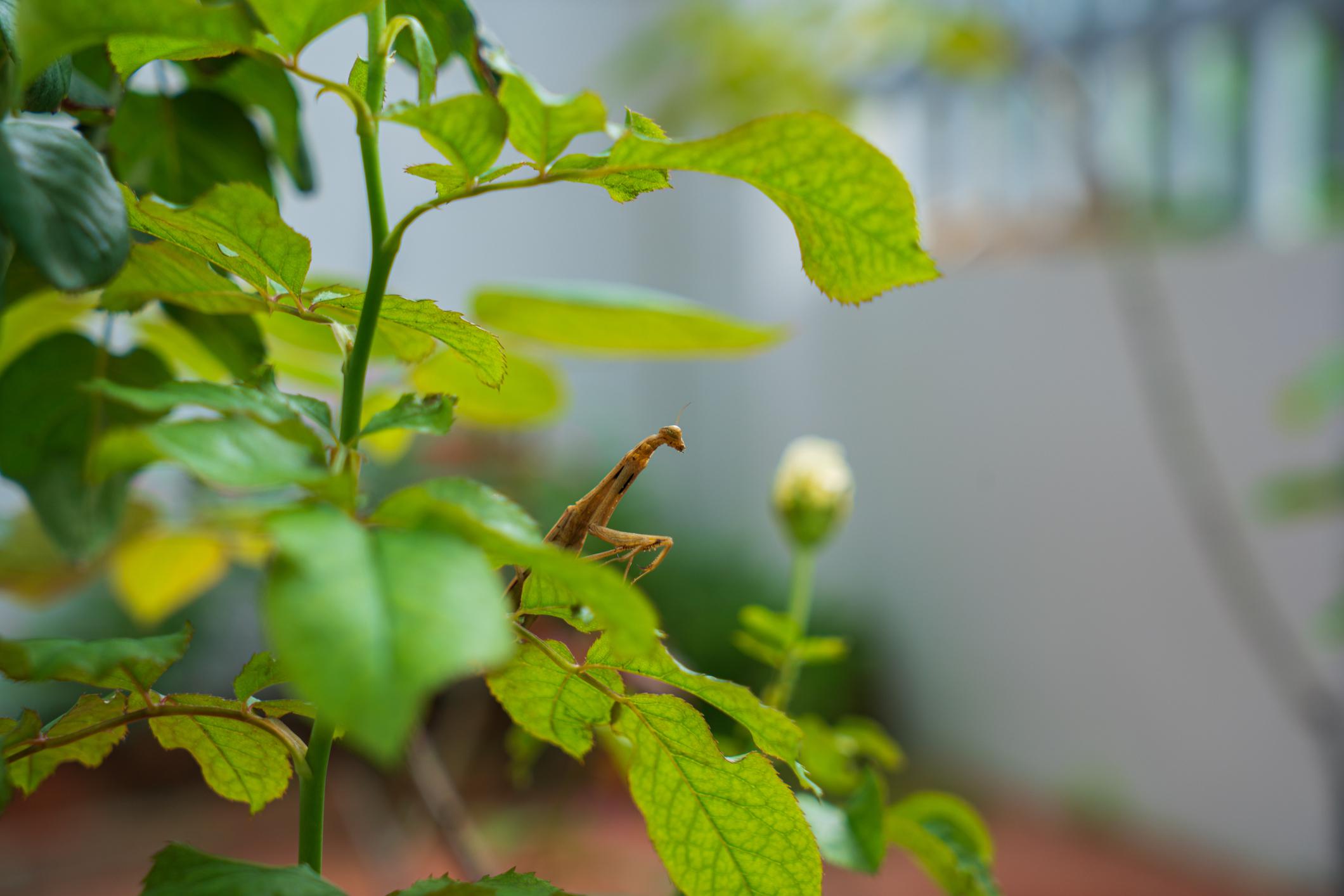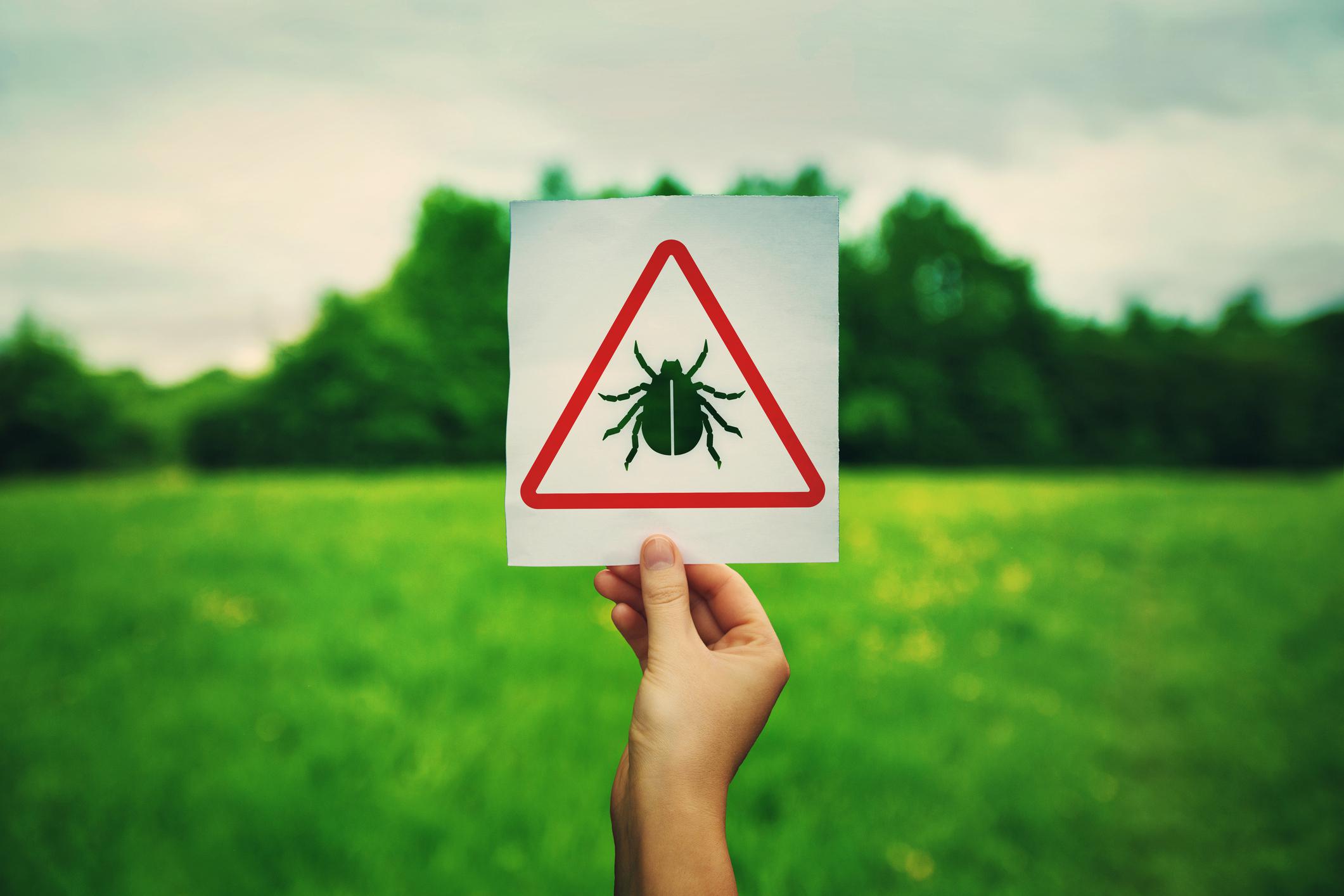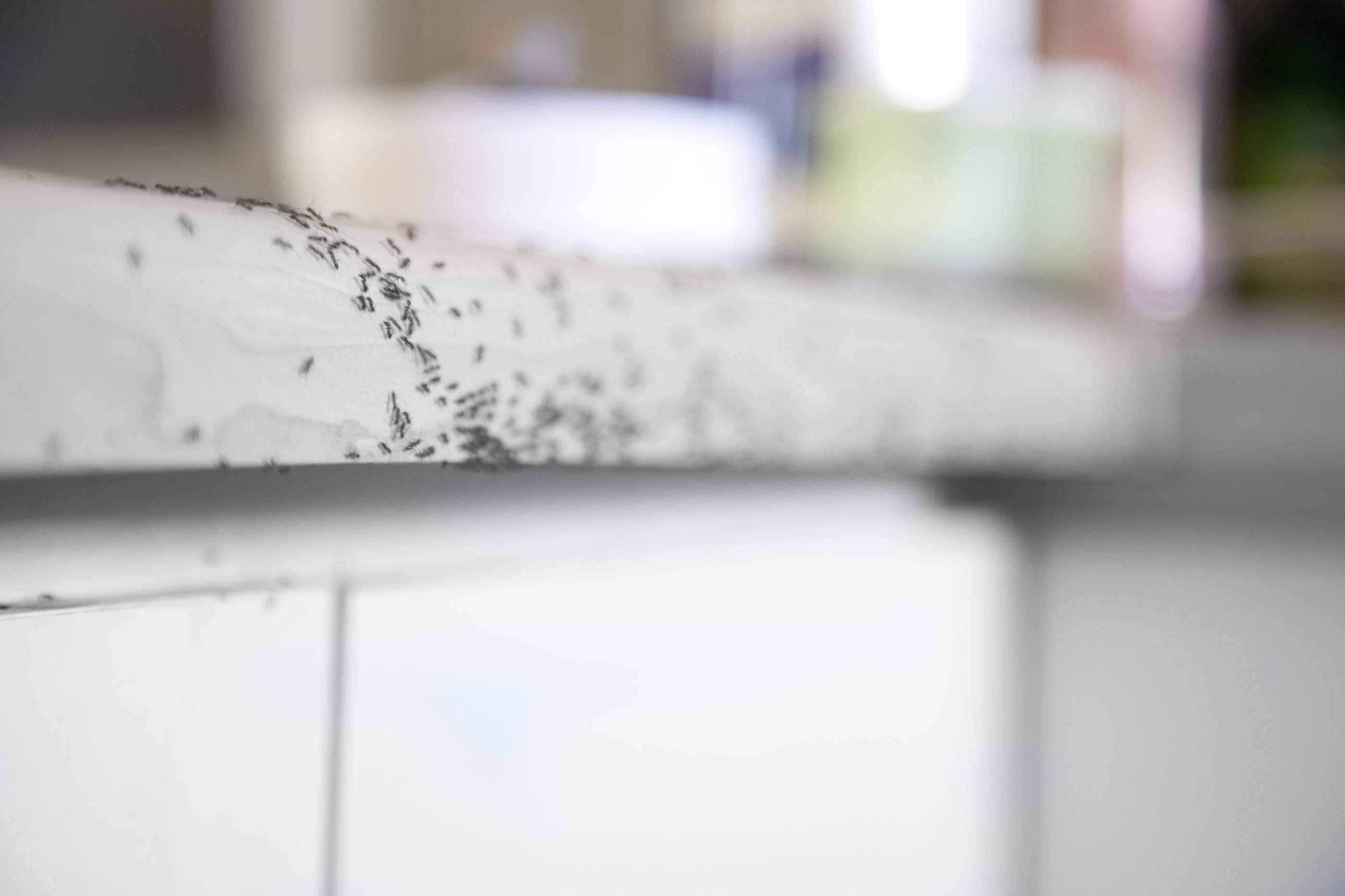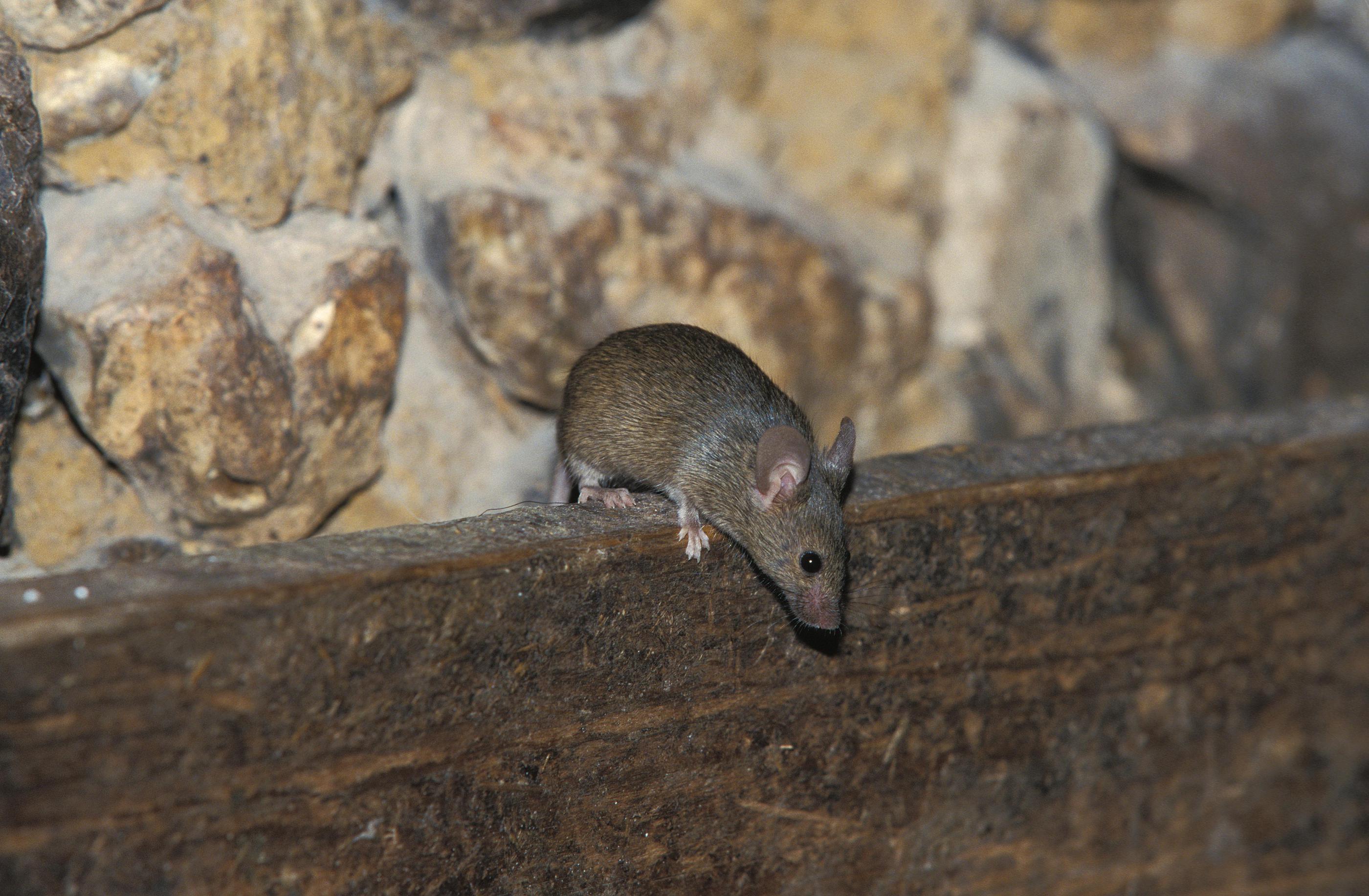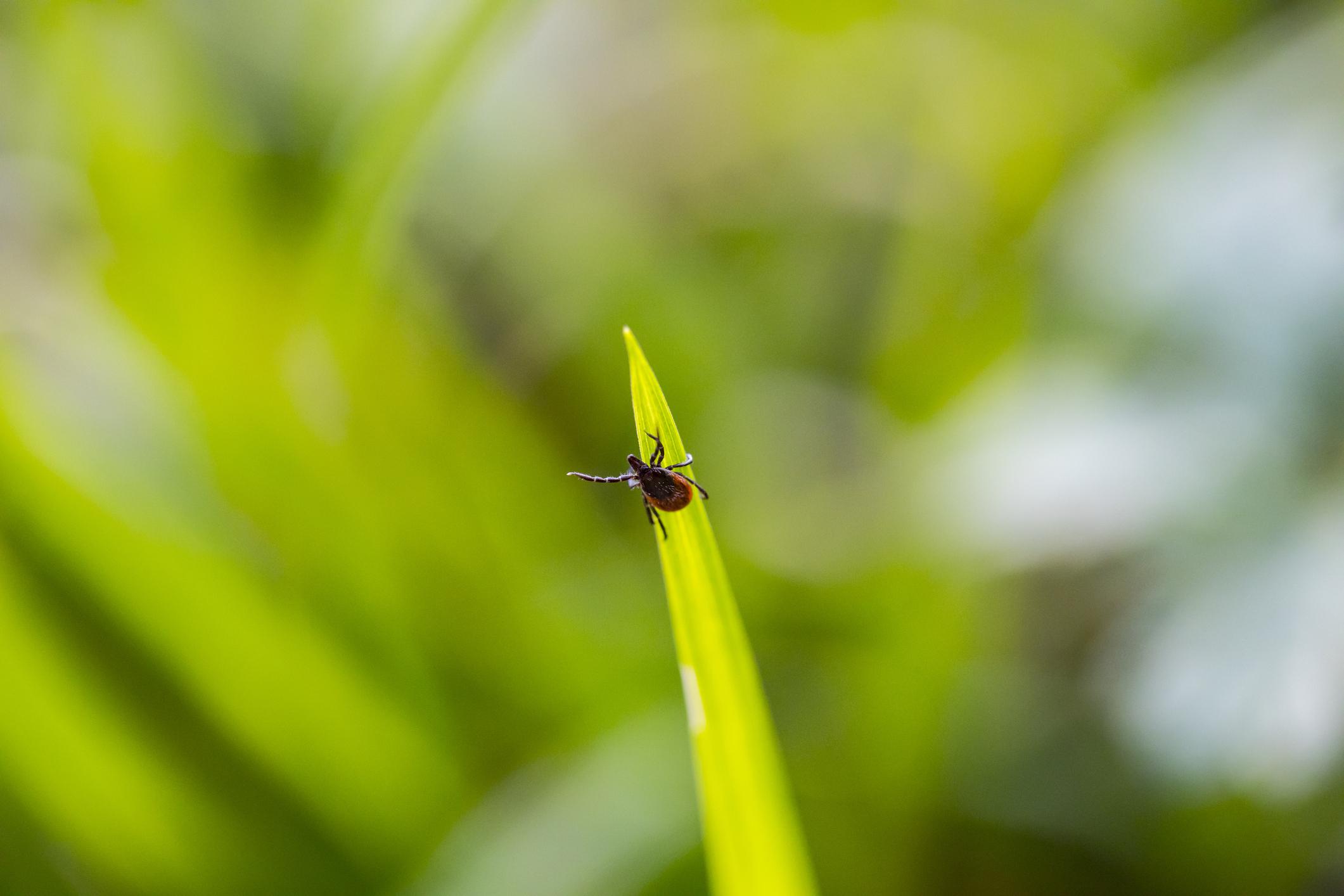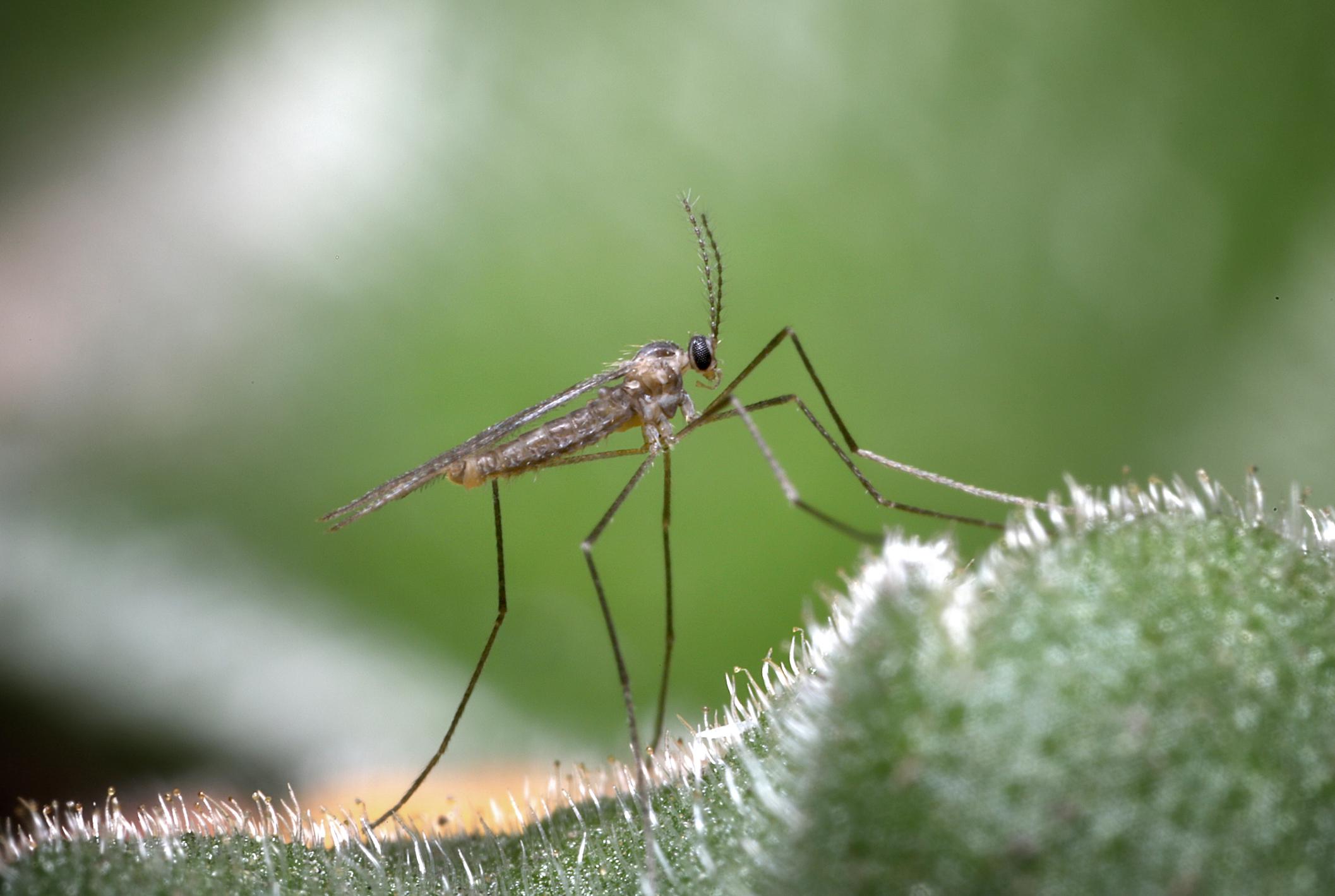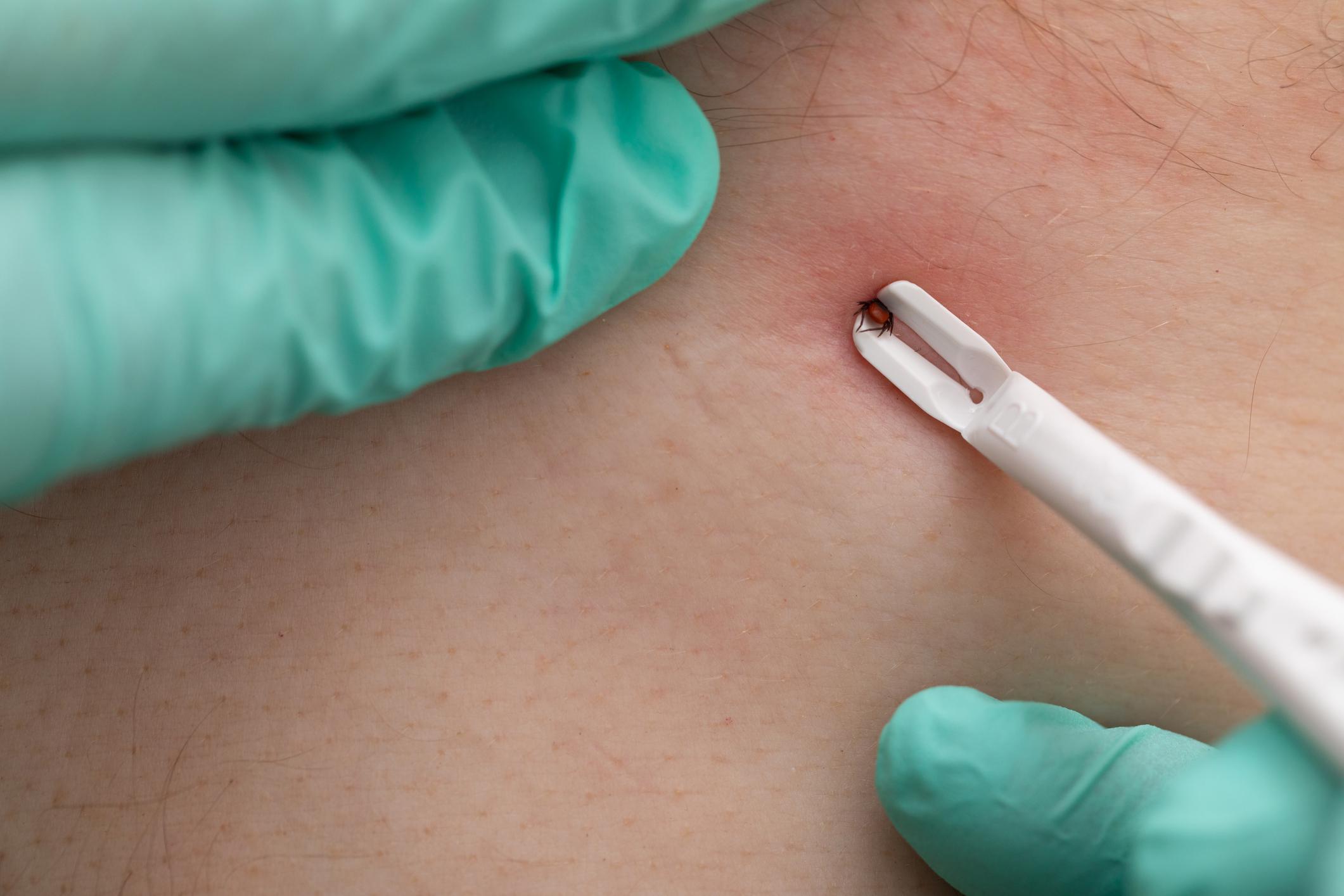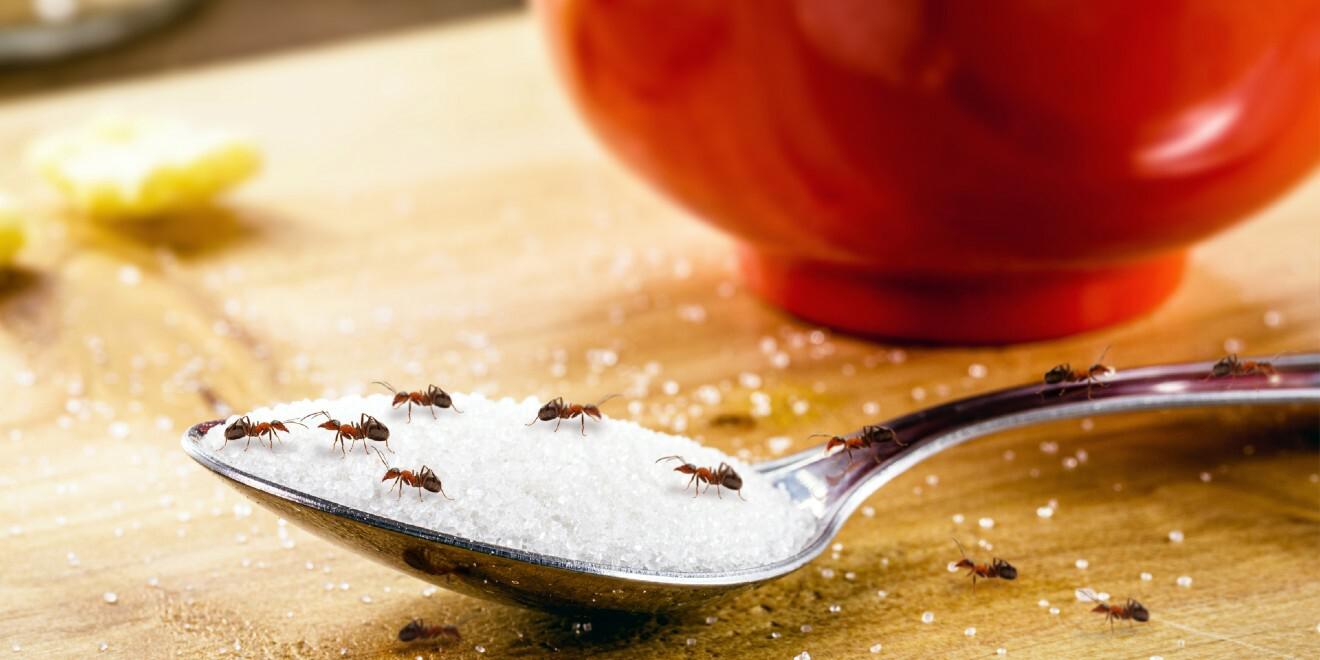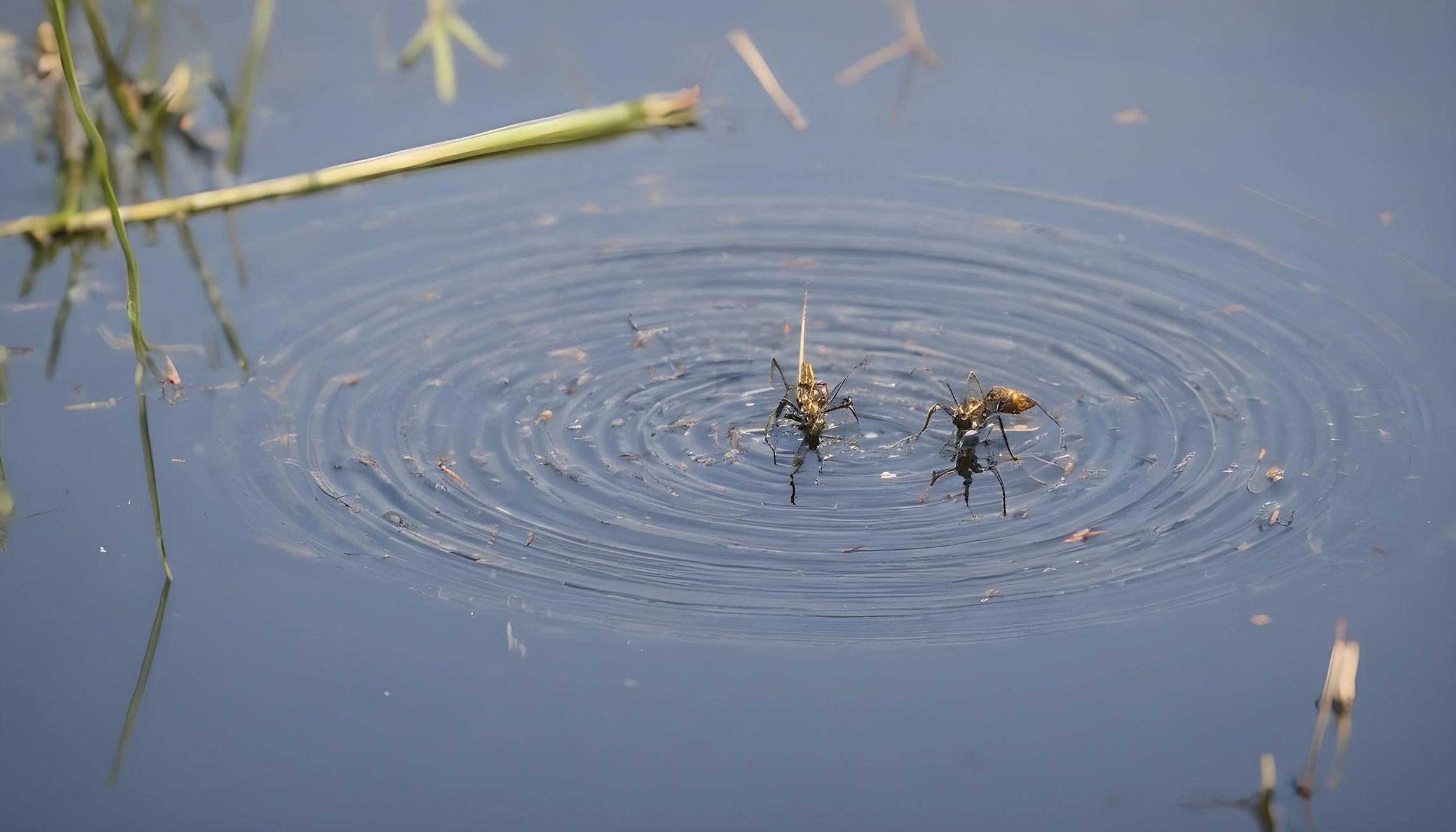The decline in Minnesota Bat Population Could Mean Increase in Mosquito Population
Posted by Mosquito Squad
May 16, 2019

There are eight species of bats in Minnesota. Four of them are migratory, and 4 of them are mine and cave dwellers. It is the second 4, the cave dwellers, that have us concerned. Little brown bats, Northern long-eared bats, tri-colored bats, and big brown bats hibernate in caves that tend to remain at about 50 degrees and receive no sunlight. This is the perfect breeding ground for a fungus called pseudogymnoascus destructans, which causes white nose syndrome in cave dwelling bats.
What is White Nose Syndrome?
The fungus that causes WNS originated in Europe, but eventually, the bats there became immune to it. In the states it is new, and bats haven’t had time to overcome it. When bats are infected, the white colored fungus grows on their wings and muzzle. It wakes them up, disrupts their sleep cycles and hibernation patterns, leading them to become weak from starvation. Most of these bats will die.
How Can We Save Them?
Melissa Boman of the Minnesota Department of Natural Resources says they are looking for ways to prevent the bat deaths. Options include misting the caves with fungus inhibitor, using UV lights to damage the fungus and even vaccines for the bats. The most logical solution has not yet been discovered. Local citizens might consider constructing bat houses in their yards for displaced bats. Not all people realize what useful parts of the ecosystem bats can be. They play a big part in the seed spreading and the pollination process.
Bats and Mosquitoes
So, what does the decline in bats have to do with the mosquito population?
Bats eat mosquitoes.
They eat a lot of them. In fact, according to Mother Earth News, “A single bat can eat up to 1,200 mosquito-sized insects every hour, and each bat usually eats 6,000 to 8,000 insects each night” Are you ready to help save the bats now? They also eat beetles and other pests that local farmers have to fight. They are great animals to have around!
However, it is lucky for all of us that we don’t only have to rely on bats for mosquito protection. Mosquito Squad has a remedy that can’t succumb to fungus or any other natural element. Our barrier treatment works, and it works every time. Don’t wait for the DNR to save the bats to save yourself from the struggle of fighting mosquitoes around your home. Let us eliminate them for you all summer long. Still, we urge you to help save the bats, just let Mosquito Squad handle the mosquitoes. It’s what we train to do, we guarantee our service, and we are the best around at it.


